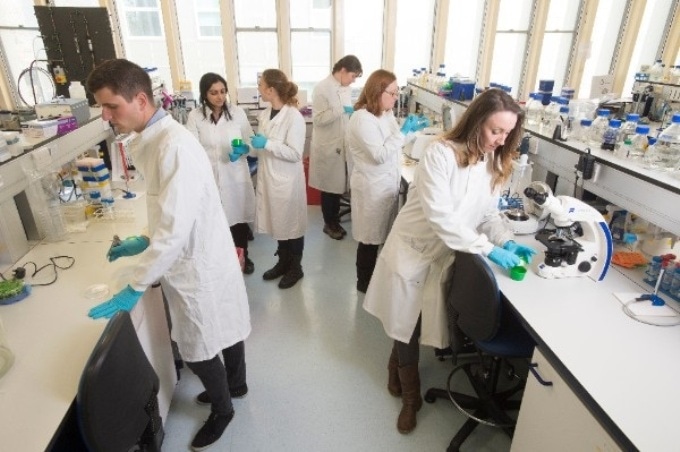We are delighted to announce that BioSystems Technology have been awarded an Innovate UK Health and Life Sciences grant of £100,000 to broaden the application of G. mellonella, in the UK and overseas, by demonstrating the potential utility of its proprietary larvae (“TruLarv”) as a system for identifying candidate pharmaceuticals for re-purposing, particularly those with immune-modulatory or anti-infective activity.

Several early reports indicated the potential for immunosuppressive chemicals to affect the immune system of insects. For example, drugs such as actinomycin D and cycloheximide were able to reduce the humoral antibacterial activity of hemolymph in other moth species. In G. mellonella larvae hydrocortisone was less potent than actinomycin D and cycloheximide in reducing the antibacterial activity of hemolymph.
More recently, and with an understanding of the nature of anti-bacterial immunity in G. mellonella, progress has been made in understanding the mechanisms by which these immunosuppressive drugs work. For example, drugs such as cyclosporin A can suppress the humoral response, with a significant reduction in lysozyme induction and almost complete abolition of antimicrobial peptide protection.
Growing evidence supports the value of G. mellonella as a novel whole-animal model to evaluate drugs for re-purposing. In contrast with other non-mammalian systems, such as zebrafish, roundworm and fruitfly, the G. mellonella model is easy to set up and use: individual larvae can be precisely dosed by injection and maintenance of the larvae is straightforward (they don’t require feeding and can be used at 37oC).
In this Innovate UK funded project, BST will test pharmaceuticals for their immune-modulatory activities in TruLarv with the aim of developing a new system for re-purposing drugs for infectious diseases and immunosuppression.
Currently pharmaceuticals are not routinely screened for immunosuppressive activity because of the lack of availability of a suitable whole animal test system. This inhibits researchers’ ability to exclude drug candidates because of their potential to increase susceptibility to infectious disease.